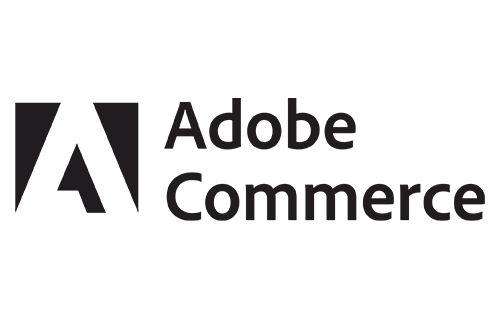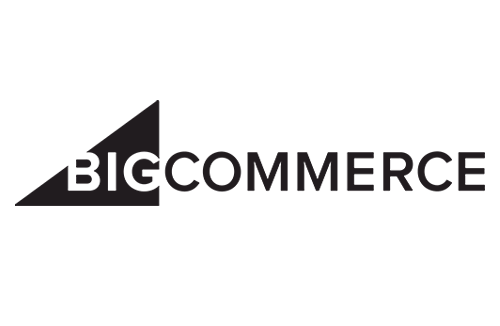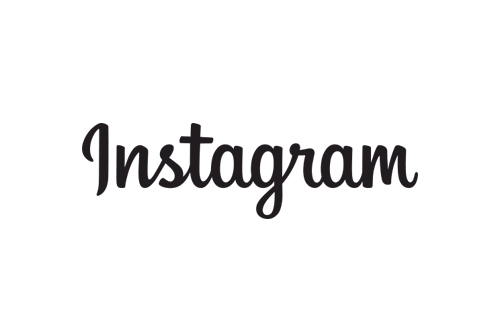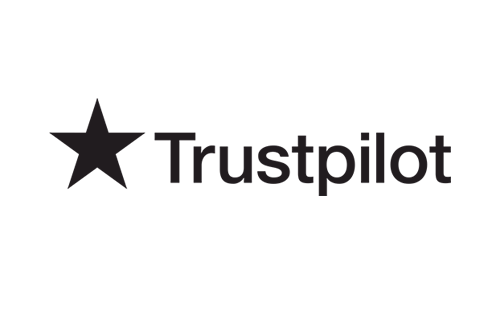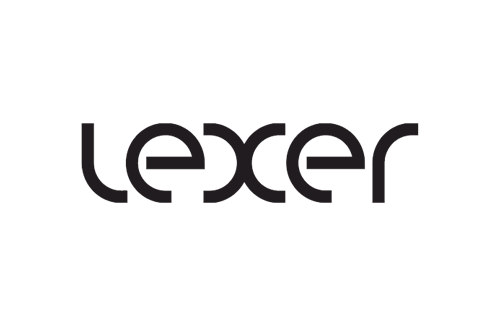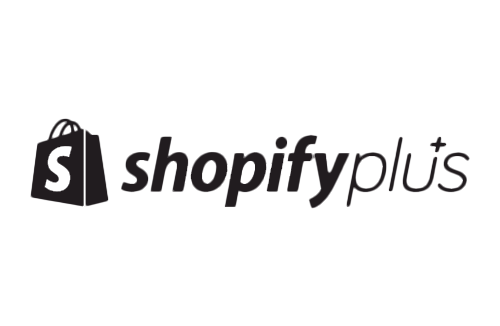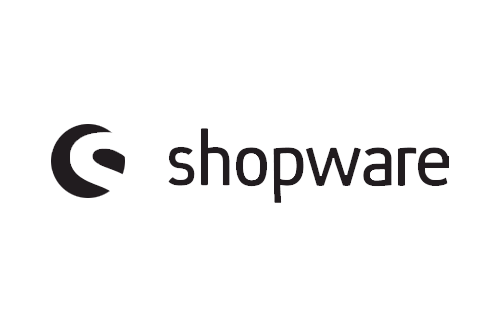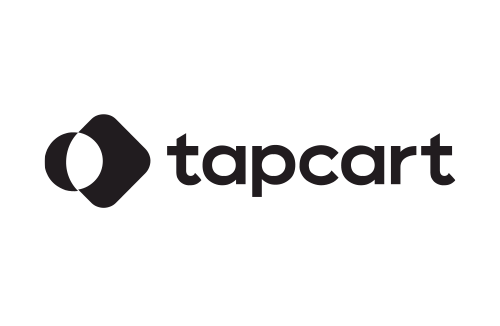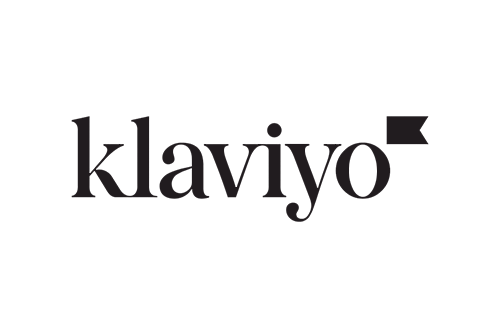
Experience
Intelligent
Commerce
Enrich, understand, and activate all your customer, product, and content data in our Commerce Experience Platform (CXP) to personalize every shopping experience and increase your online revenue
Get a demo

Commerce experience
management made easy
Intelligent commerce
starts with experience.AI™
Combining artificial intelligence, business intelligence, and dynamic audience segmentation and targeting, experience.AI™ is the heart of our CXP. Collecting and unifying intent-rich data so you can use it in your site search, product recommendations, merchandising and more, experience.AI™ is the key to delivering intelligent commerce experience that increase revenue.
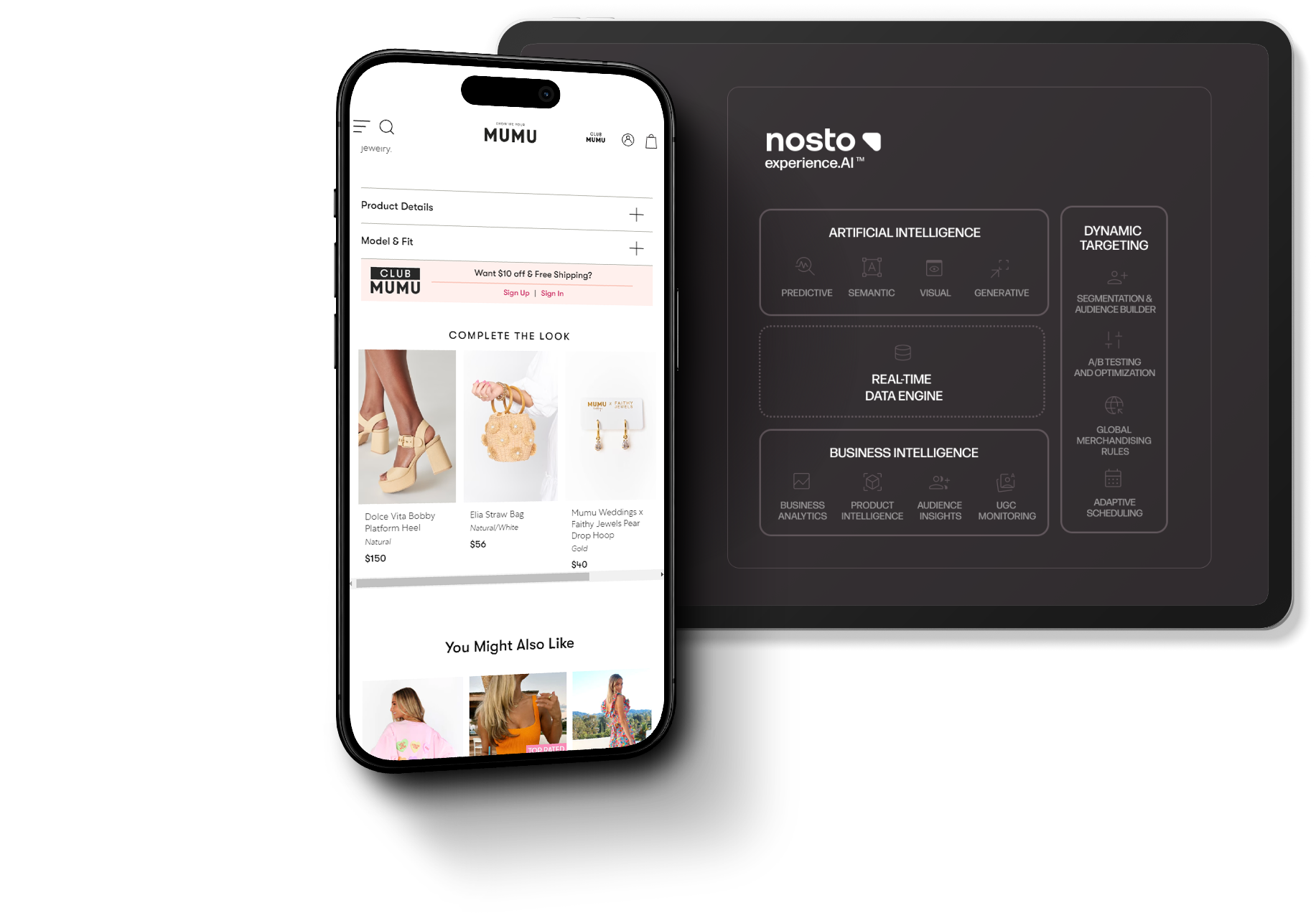
Turn commerce data into online revenue with our Experience Clouds
Win more customers, reduce the cost of acquisition, improve lifetime value, and increase your online revenue—all with enterprise-grade personalization, search and discovery, and UGC modules in our Product Experience and Content Experience Clouds
Product Experience Cloud
Personalized Search Category Merchandising Product Recommendations Dynamic Bundles Personalized EmailsContent Experience Cloud
Content Personalization Behavioral Pop-Ups UGC Publisher Center Ambassador Builder
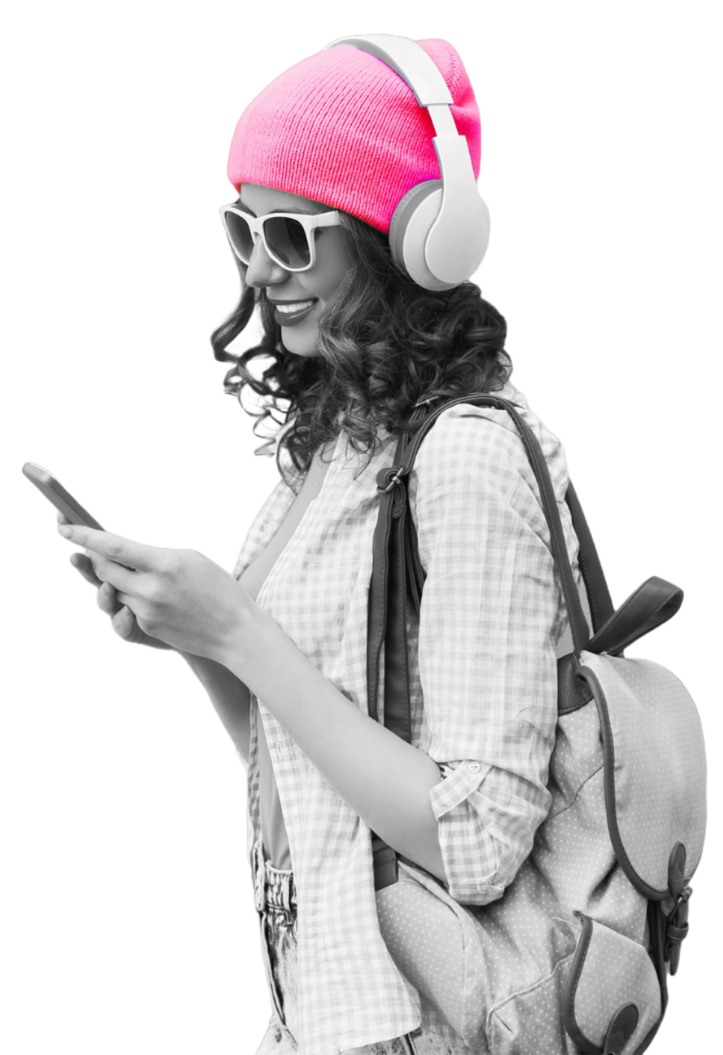

Revenue-generating
commerce
experiences
View all case studies

Why 2,000+ global brands choose us
for commerce experience
Integrations
that support
your tech stack
Explore integrations
